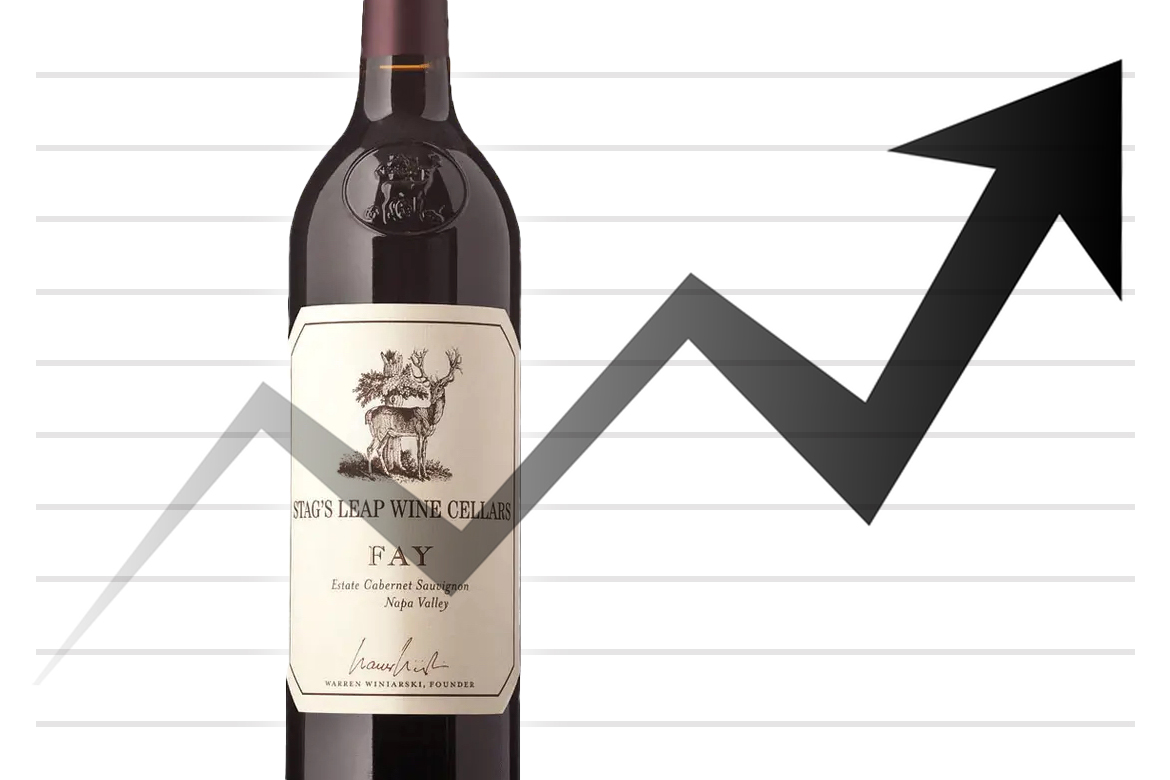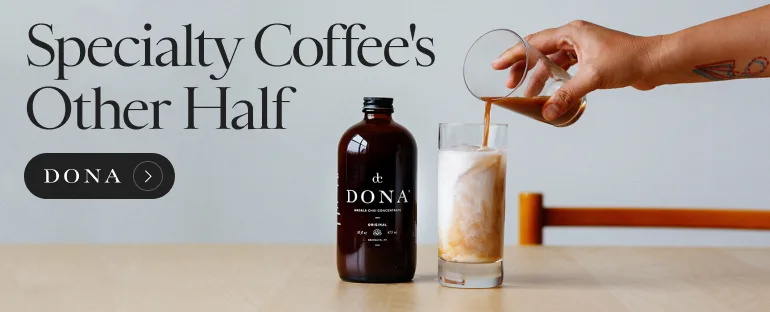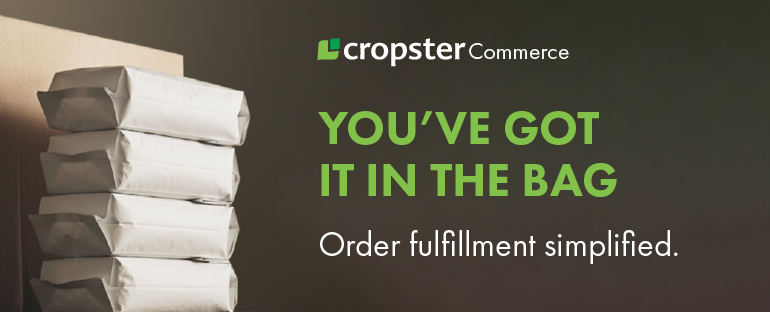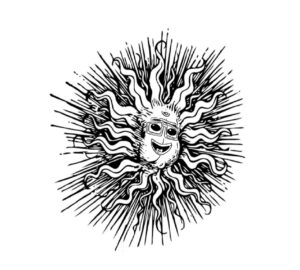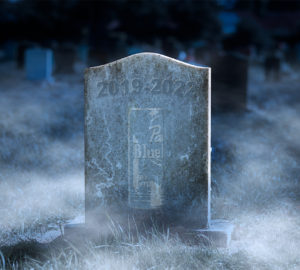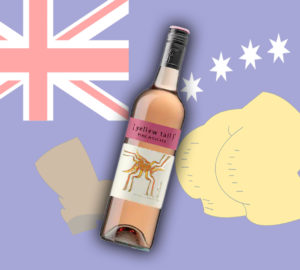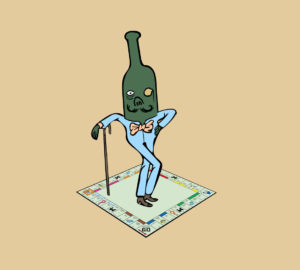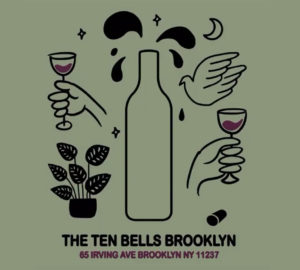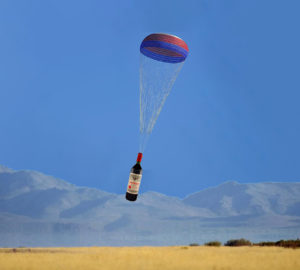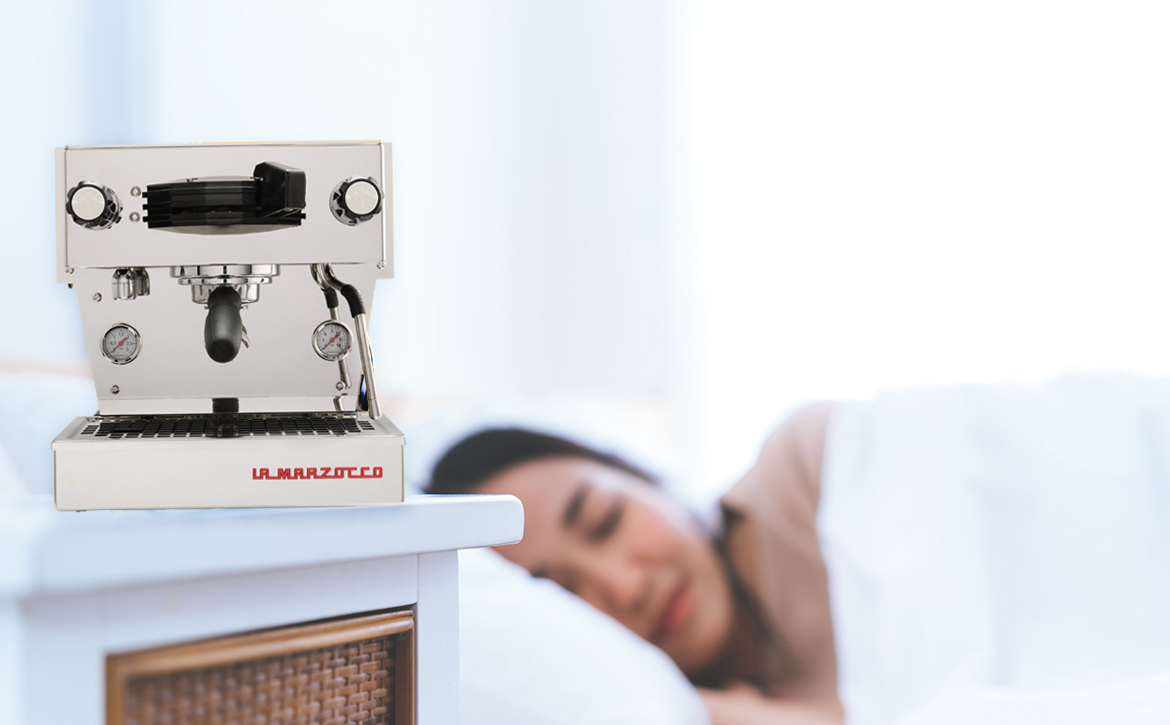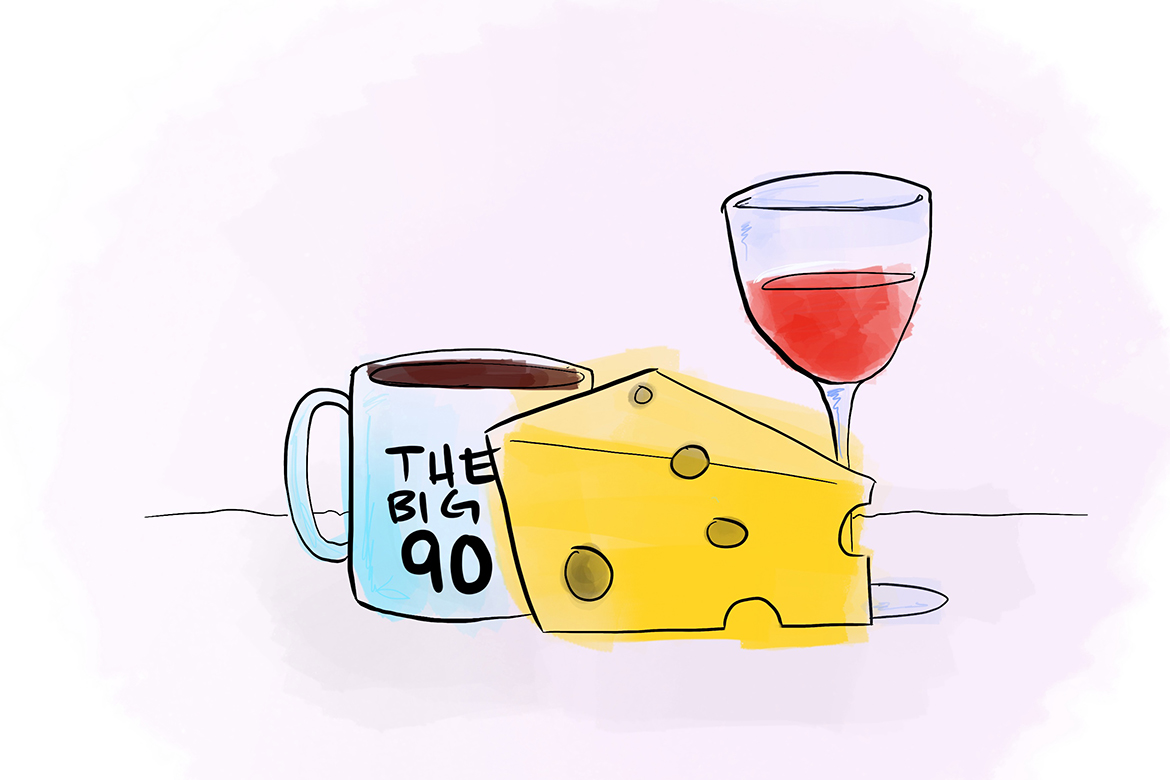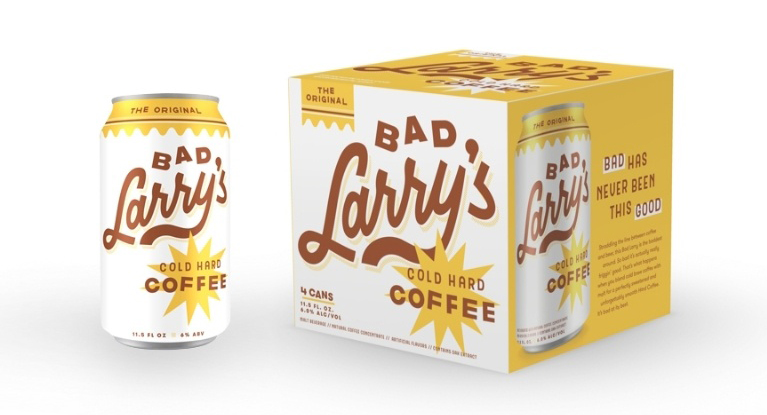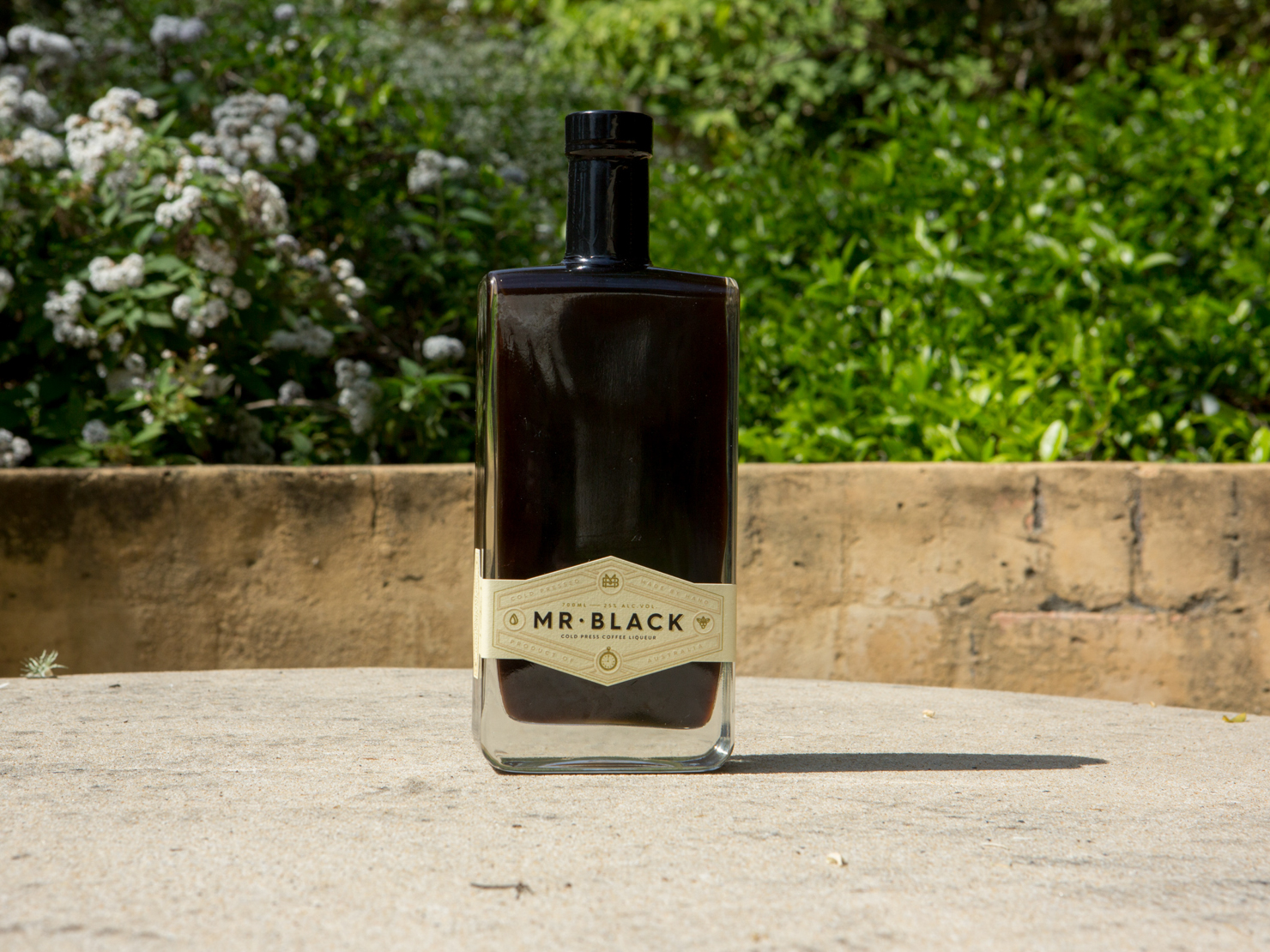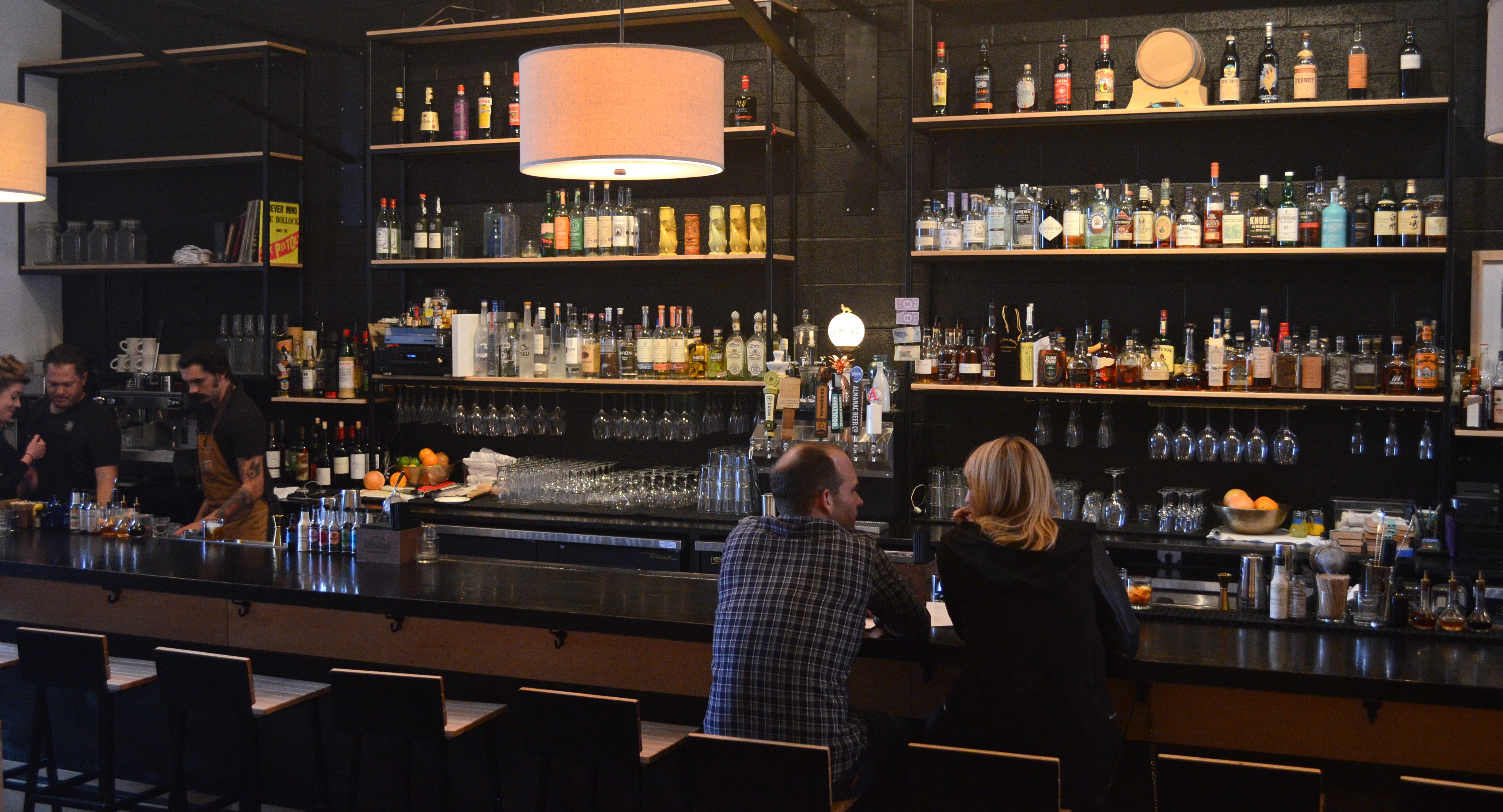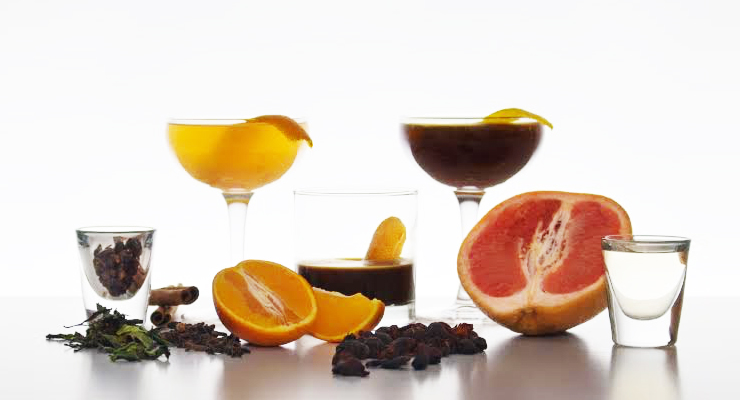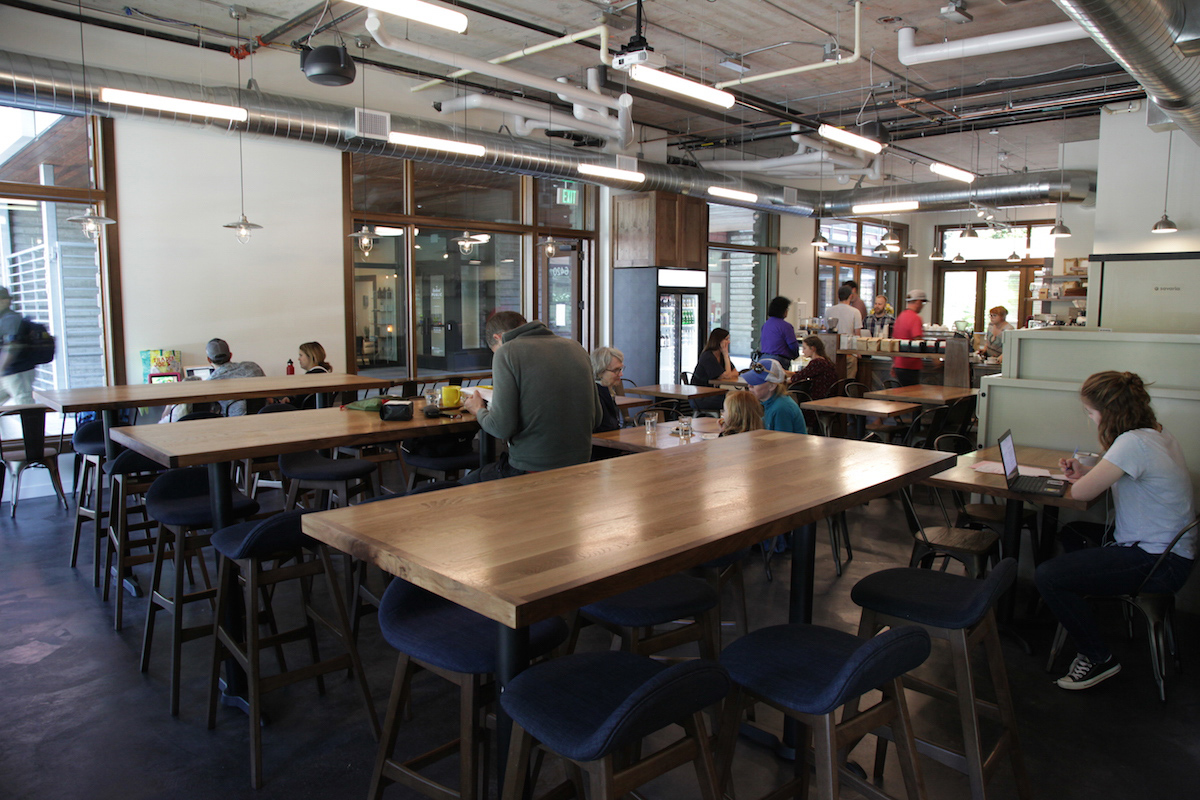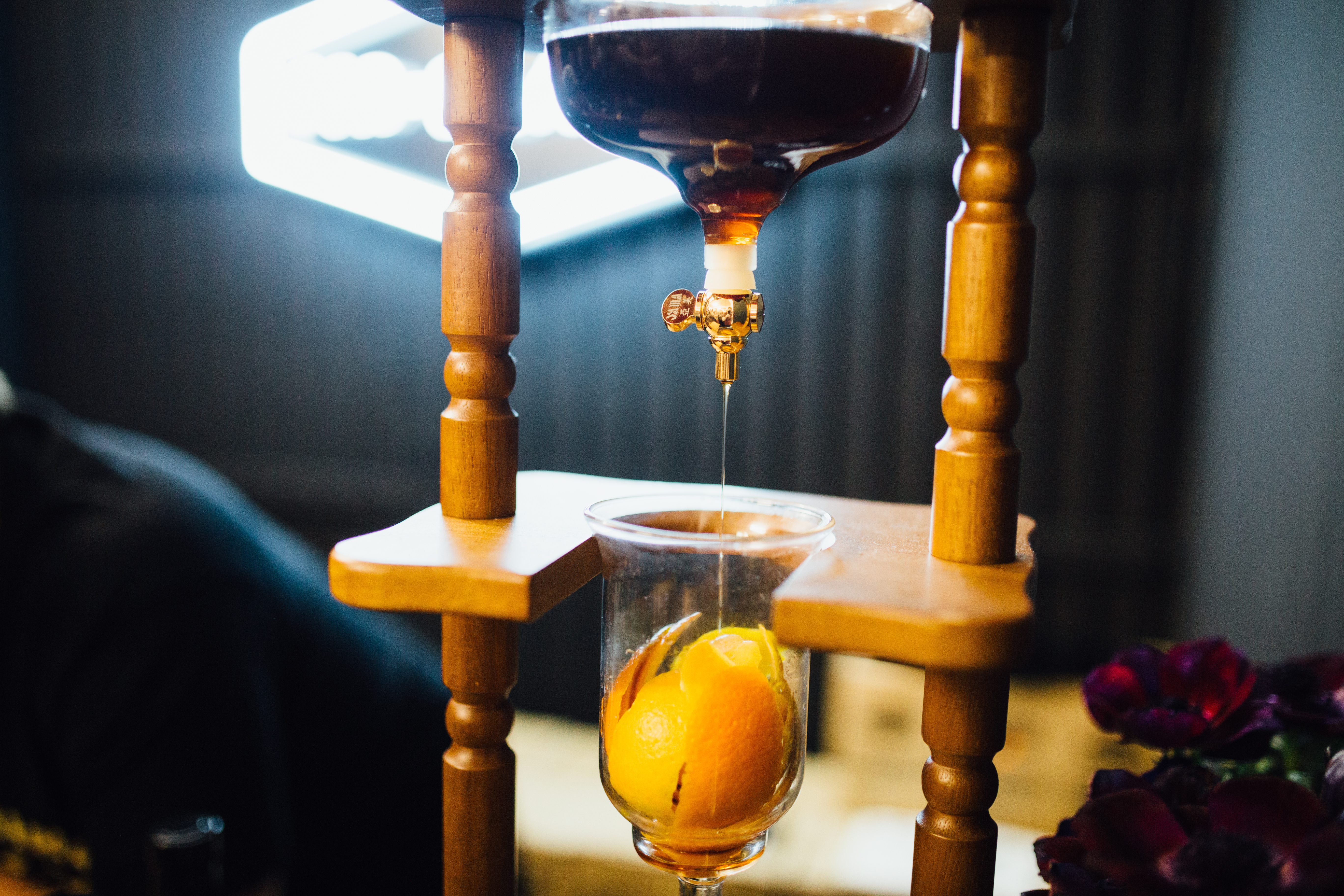One of the great revelations in the rise in popularity of natural wines has been the proliferation—and general acceptance—of lower ABV wines. Sure, a big ole 14.5% Napa cab is nice from time to time, but nothing hits quite like a bubbly 10.5% jammer on a hot summer’s day. And with minimal intervention wines finding their ways into supermarkets and big box stores (though never really categorized as “natural”), bottles clocking in around the 12% range are easier than ever to find, giving the sense that the ABV trend line is moving downward.
But is that actually the case? Are wines overall lightening up on the alcohol content? Quite the contrary, according to the London International Vintner’s Exchange (Liv-ex). In examining over 30,000 bottles of red wine, the fine wine trading marketplace found that ABV has generally increased over the last 30 years.
As reported by Decanter, Liv-ex catalogued the alcohol content of 35,000 different red wines produced between 1990 and 2019 from five major growing regions: Bordeaux, Burgundy, California, Piedmont, and Tuscany. When comparing the data by decade, they found that, save for Burgundy whose ABV has remained mostly unchanged, every region saw significant increases in average ABV.
Each region saw the largest increase in alcohol content between the ‘90s and the ‘00s, with California and Piedmont leveling off in the ‘10s, if not slightly decreasing. Tuscany, on the other hand, saw a slight increase in the ’10s while Bordeaux saw nearly a half point increase in the same timeframe.
“This is a remarkable snapshot of significant changes taking place in some of the world’s most important fine wine regions,” said Justin Gibbs, Liv-ex cofounder and director.
One potential explanation for the sharp rise in alcohol—that doesn’t involve an intentional manipulation of sugar content en masse—is global warming. Per Decanter, a 2011 report by the American Association of Wine Economists (AAWE) found a “significant rise” in the sugar content of grapes grown in California since 1980, which they posit could be caused by the warmer temperatures stemming from global warming.
Other explanations could be based in stylistic trends. If “bolder, riper” styles are more of the moment, for instance, producers may opt to harvest the grapes later, allowing them more time to develop sugars on the vine.
But even as the ABV appears to be increasing, so too have the options for the more casually alcoholed quaff. And both are just fine. Having a big jammy bomb with legs for days to hold its own against a slab of beef can be a wonderful experience. But so can crushing a few bottles of something infinitely drinkable with friends when the temperature nears the triple digits. It’s good to have options.
Zac Cadwalader is the managing editor at Sprudge Media Network and a staff writer based in Dallas. Read more Zac Cadwalader on Sprudge.











